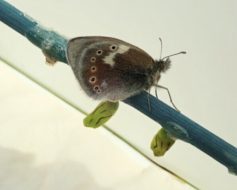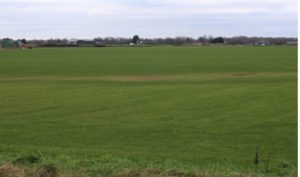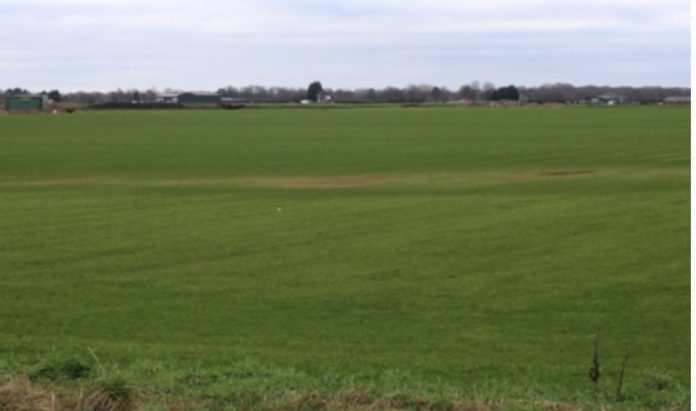Another piece of the peatland puzzle in Greater Manchester is to be solved thanks to funding to bring a new area of peat bog into restoration.
Thanks to vital funding from Veolia Environmental Trust, the Wildlife Trust for Lancashire, Manchester & North Merseyside has been able to purchase land in the lowland peat bog region of Chat Moss, taking a step towards the Trust’s goal of creating a continuous ecological corridor in the area.

Situated just outside the village of Astley, the land is surrounded by the Astley and Bedford mosses, which are both SSSI designated (Site of Special Scientific Interest) and the acquisition of this land would be the final piece in the puzzle.
Like many of our lowland peat bogs, the land had been drained to be used for agriculture and the degraded, exposed peat soil is now emitting large amounts of greenhouse gases
Sarah Johnson, Head of Peatland Nature Recovery at the Wildlife Trust for Lancashire, Manchester & North Merseyside said:
“We are excited to be able to acquire this land thanks to the vital funding from Veolia Environmental Trust. The site is another piece in the Greater Manchester peatland puzzle and will help us create an ecological corridor for nature and wildlife to thrive. It will be especially important to our local population of Manchester argus butterflies that we were able to reintroduce to neighbouring Astley Moss SSSI, thanks to previous funding from Veolia Environmental Trust.”

In 2020, the Trust successfully reintroduced the large heath butterfly back to Astley Moss, after it had been absent in the area for over 150 years. The return of the ‘Manchester Argus’ as it is locally known at the site is a positive sign that the biodiversity in the area can be bolstered. The newly purchased land will only benefit this population even more, and overtime will hopefully open a corridor for these butterflies to spread further across the Chat Moss area.
The purchase of this land is another great step towards reconnecting these important areas of Chat Moss, bolstering the biodiversity in the region and reducing harmful carbon emissions.







